Procedures
Minor Skin Procedures
Please view below minor skin procedures performed by Anca Breahna – Female Plastic Surgeon at Cheshire Cosmetic Surgery in Chester UK.
If you have any questions or would like to book a consultation please click here.
At Cheshire Cosmetic Surgery expert care meets aesthetic excellence. Led by the esteemed Consultant Plastic Surgeon, Anca Breahna, our clinic specialises in a wide range of skin procedures designed to enhance your natural beauty and improve your skin’s health. Whether you’re considering minor adjustments like mole or cyst removal or seeking more complex treatments such as skin grafts or scar revisions, our dedicated team is here to guide you through each step of the process. Our goal is not only to achieve the aesthetic results you desire but also to ensure your comfort and safety throughout your journey with us. With state-of-the-art technology and a compassionate approach, we are committed to providing personalised care that respects your individual needs and expectations.
Detailed Procedure Descriptions
At Cheshire Cosmetic Surgery, we believe that informed patients make the best decisions about their healthcare and cosmetic goals. That’s why we offer a detailed breakdown of each skin procedure available at our clinic, ensuring you have all the information needed to make a confident choice:
- Mole Removal: Moles can be more than just cosmetic concerns; they might also pose medical risks. Our mole removal procedure is a simple, safe process typically performed under local anaesthesia. The method used—surgical excision, shave excision, or laser removal—depends on the mole’s characteristics. Recovery is swift, usually requiring just a few days, and post-procedure care involves keeping the area clean and protected from direct sunlight.
- Cyst Removal: Cysts are non-cancerous, closed pockets of tissue that can be filled with fluid, pus, or other material. Removal is recommended when cysts cause pain, discomfort, or a risk of infection. The procedure involves a small incision to drain or remove the cyst and typically concludes within 30 minutes. Aftercare includes dressing changes and minimal downtime, allowing for a quick return to daily activities.
- Wart Removal: Caused by the human papillomavirus (HPV), warts are growths that can appear anywhere on the skin. Our clinic uses several treatments to remove warts, including cryotherapy, salicylic acid, or laser treatment, depending on the wart’s size, location, and the patient’s skin type. Recovery involves minimal discomfort, and care instructions focus on keeping the area clean and avoiding irritation.
- Skin Grafts: Used primarily for treating extensive skin loss due to burns, injuries, or surgeries, skin grafts involve transplanting skin from one area of the body to another. It’s a delicate procedure that requires precise execution and post-operative care to ensure the graft heals properly. Recovery time varies based on the graft’s size and location but typically involves several weeks of careful wound management.
- Scar Revision: This procedure aims to minimise a scar so that it blends more naturally with the surrounding skin tone and texture. Techniques vary from simple topical treatments to more advanced surgical revision, which may involve excision, laser therapy, or injections. While no scar can be removed completely, significant improvement in appearance can be expected. Recovery and care depend on the extent of the revision but generally include avoiding sun exposure and adhering to wound care instructions.
Each of these procedures is performed by Anca and her team, who prioritise your health, comfort, and satisfaction. By choosing Cheshire Cosmetic Surgery, you are entrusting your care to skilled professionals who are committed to achieving the best possible outcomes. We understand that undergoing any medical procedure can be a significant decision, and we are here to support you with comprehensive information and compassionate care every step of the way.
Recovery and Aftercare after Skin Procedures
Recovery and aftercare are important aspects of achieving the best outcomes from any skin procedure. The specifics can vary significantly depending on the nature and extent of the procedure, but some general principles apply universally to promote healing and minimise complications.
- Immediate Care: Right after the procedure, it’s essential to follow Anca’s instructions, which may include applying cold compresses to reduce swelling and taking prescribed medications to manage pain and prevent infection. Keeping the treated area clean and protected from potential contaminants is vital.
- Managing Discomfort: Discomfort is common in the days following a procedure. Over-the-counter pain relievers or prescribed medications can alleviate pain. It’s important to consult with Anca about what medications are safe to use, especially to avoid anything that could increase bleeding during the recovery phase.
- Activity Restrictions: Patients are often advised to limit physical activities, especially any that might stretch or traumatise the treatment area. Rest is a crucial component of the healing process, and avoiding strenuous exercise ensures that the body can focus on healing.
- Long-Term Care: Depending on the procedure, care may extend for weeks to months. Protecting the skin from the sun is universally advised to prevent changes in pigmentation and protect delicate healing skin. Furthermore, moisturising the area and avoiding abrasive skincare products can also help in maintaining the health of the skin during recovery.
- Follow-Up Visits: Attending scheduled follow-up visits allows Anca to monitor the healing process and intervene promptly if any complications arise. These visits are a good opportunity to ask questions about ongoing care and to address any concerns that may surface during recovery.
- Signs of Complications: It is vital to know the signs of possible complications, such as excessive redness, swelling, pus, severe pain, or fever. Early detection and management of any adverse symptoms can prevent more severe health issues.
Each patient’s recovery timeline and specifics will differ, but the overarching goal is to ensure a safe and effective healing process. Following Anca’s detailed instructions will significantly contribute to a smooth recovery and satisfying results from your skin procedure.
FAQs about Skin Procedures at Cheshire Cosmetic Surgery
What precautions should I take before undergoing a skin procedure?Before undergoing any procedure, it’s important to avoid blood-thinning medications and supplements, such as aspirin and fish oil, which could increase bleeding. Additionally, maintaining good hydration and avoiding alcohol can help ensure a smoother recovery. |
How do I care for my skin immediately following a procedure?Immediate post-procedure care can include applying ice packs to reduce swelling, avoiding makeup or harsh skincare products, and keeping the treated area elevated if needed. Specific care instructions will vary based on the procedure and will be provided by our team. |
What signs of complications should I watch for after a procedure?While complications are rare, you should watch for signs such as excessive redness, swelling, pus, severe pain, or fever. Contacting our clinic immediately if you notice any of these symptoms is important for prompt management. |
Can skin procedures cause scarring?There is always a potential for scarring with any procedure that involves incisions or removal of tissue. However, our skilled surgical techniques are designed to minimise scarring, and we provide guidance on scar prevention and management post-procedure. |
What should I consider when choosing a cosmetic surgeon?When choosing a plastic surgeon, it’s important to consider their qualifications, experience, and the quality of the clinic’s facilities. Reviews and before-and-after photos of previous patients can also provide insights into the surgeon’s expertise. |
How often should I follow up after my procedure?Follow-up schedules can vary depending on the procedure. Usually, an initial follow-up is scheduled within the first week to assess healing, with additional check-ups as needed. Consistent follow-ups ensure optimal recovery and address any concerns early. |
Are there age restrictions for any skin procedures?Some skin procedures have age restrictions based on the maturity of the skin and the individual’s health. Our clinic assesses each patient’s suitability for a procedure during the consultation, considering their specific health profile and aesthetic goals. |
How can I prepare my skin for optimal results from a procedure?Preparing your skin can include following a balanced diet, staying hydrated, and following a tailored skincare routine as advised during your pre-treatment consultations. Avoiding sun exposure and using sunscreen can also improve outcomes. |
What lifestyle changes might I need to make post-procedure?Post-procedure lifestyle changes can include avoiding direct sunlight, rigorous exercise, and any activities that could stress the treated area. Smoking cessation and maintaining a healthy diet also play a role in healing. |
How does the clinic ensure the safety and sterility of its procedures?Our clinic adheres to strict standards of sterility and safety. We use the latest sterilisation technologies and follow rigorous protocols to prevent infection and ensure that every procedure is conducted in a safe, controlled environment. |
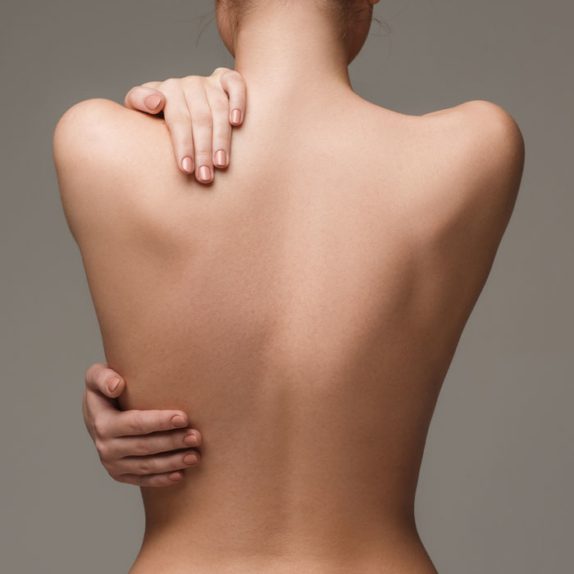
Procedure
Skin Excision for Cyst / Wart / Skin Tag
When a cyst, wart or skin tags develop on the skin, it can cause an uneven surface and an aesthetic concern.
View Procedure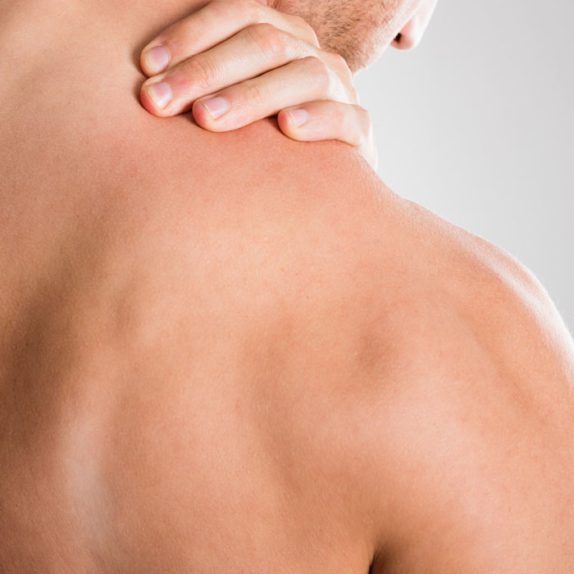
Procedure
Lipoma Removal
Lipoma are lumps of fatty tissue that can appear anywhere on the body.
View Procedure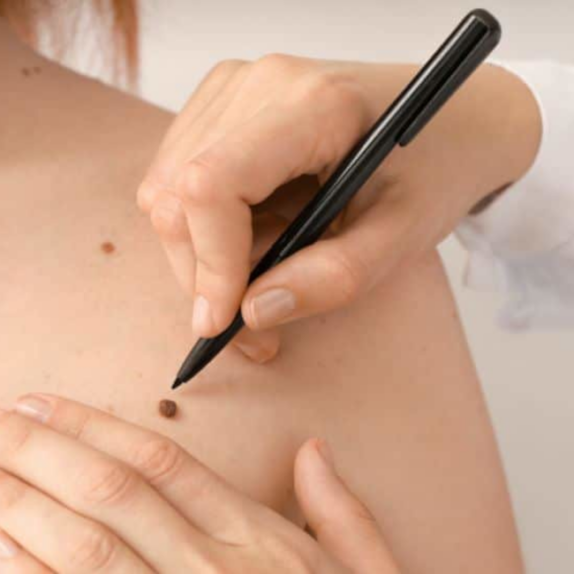
Procedure
Skin Mole Removal
Skin mole removal is a simple medical procedure done to remove unwanted or potentially harmful moles from the skin.
View Procedure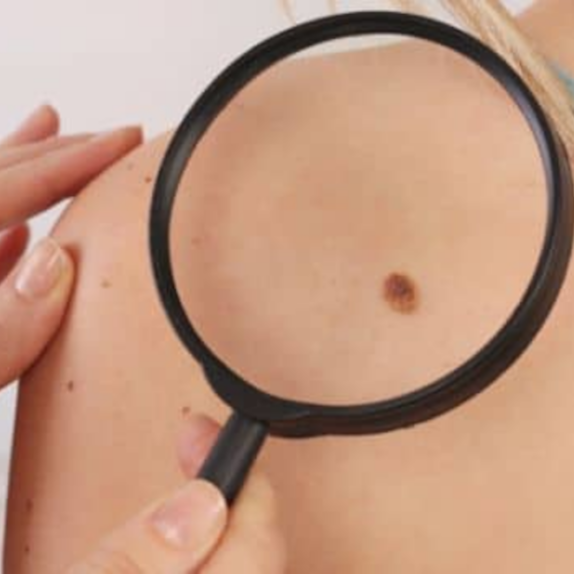
Procedure
Birthmark Removal Surgery
Birthmark removal surgery is a medical procedure designed to lessen the appearance of or completely remove birthmarks.
View Procedure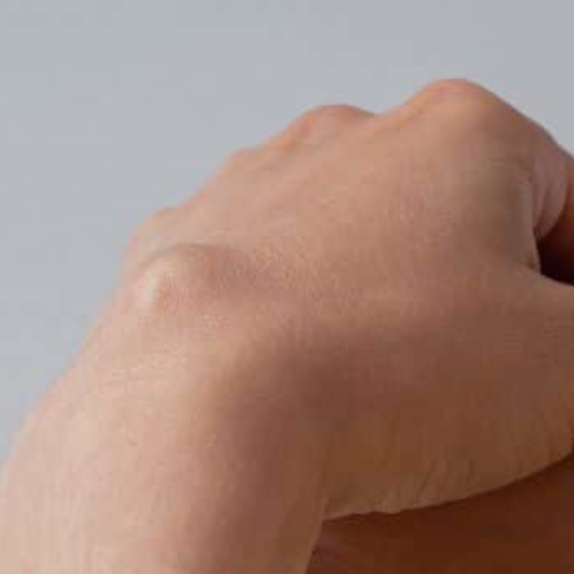
Procedure
Ganglion Removal Surgery
Ganglion Removal Surgery is a surgical process designed to treat ganglion cysts. The main aim of the is to remove the cyst and alleviate any associated symptoms.
View Procedure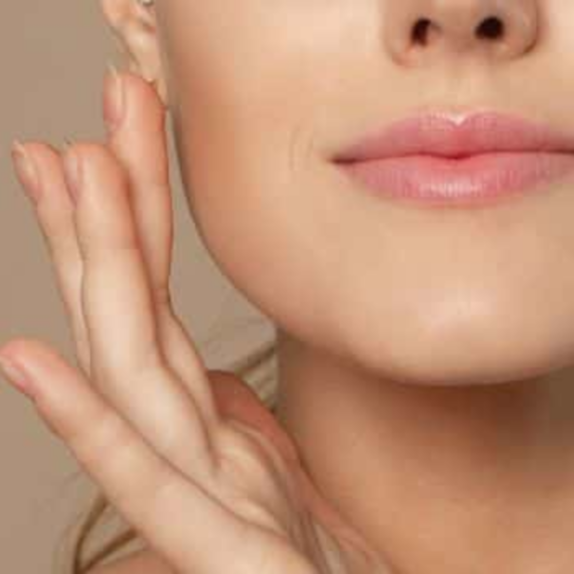
Procedure
Scar Revision
Scars can develop in many different forms, often depending on the way the skin and tissues were damaged.
View Procedure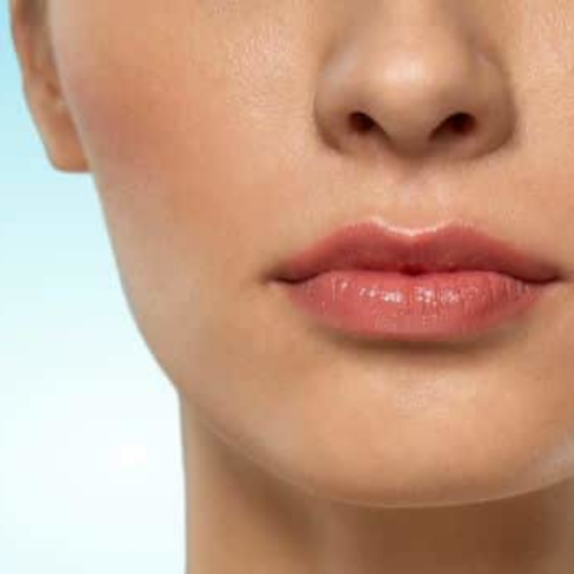
Procedure
Skin Graft Surgery
Skin graft surgery involves moving skin from one area of your body to another. It's a procedure commonly used to cover areas where skin has been damaged or lost.
View Procedure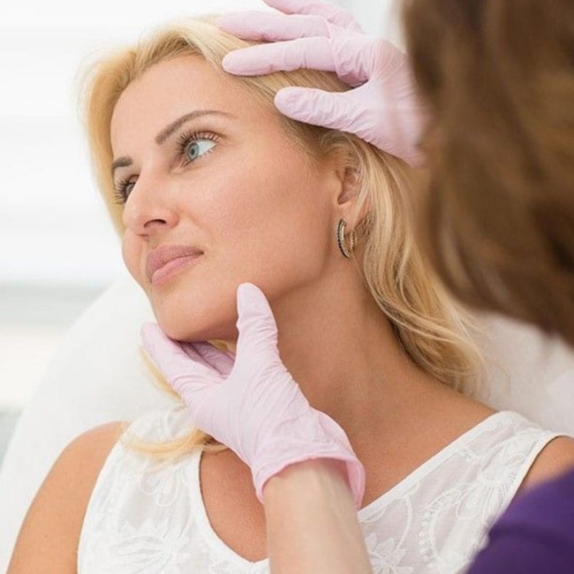
Procedure
Full Thickness Skin Graft – FTSG
Full Thickness Skin Graft is a surgical procedure that transplants skin from one part of the body to another.
View Procedure





